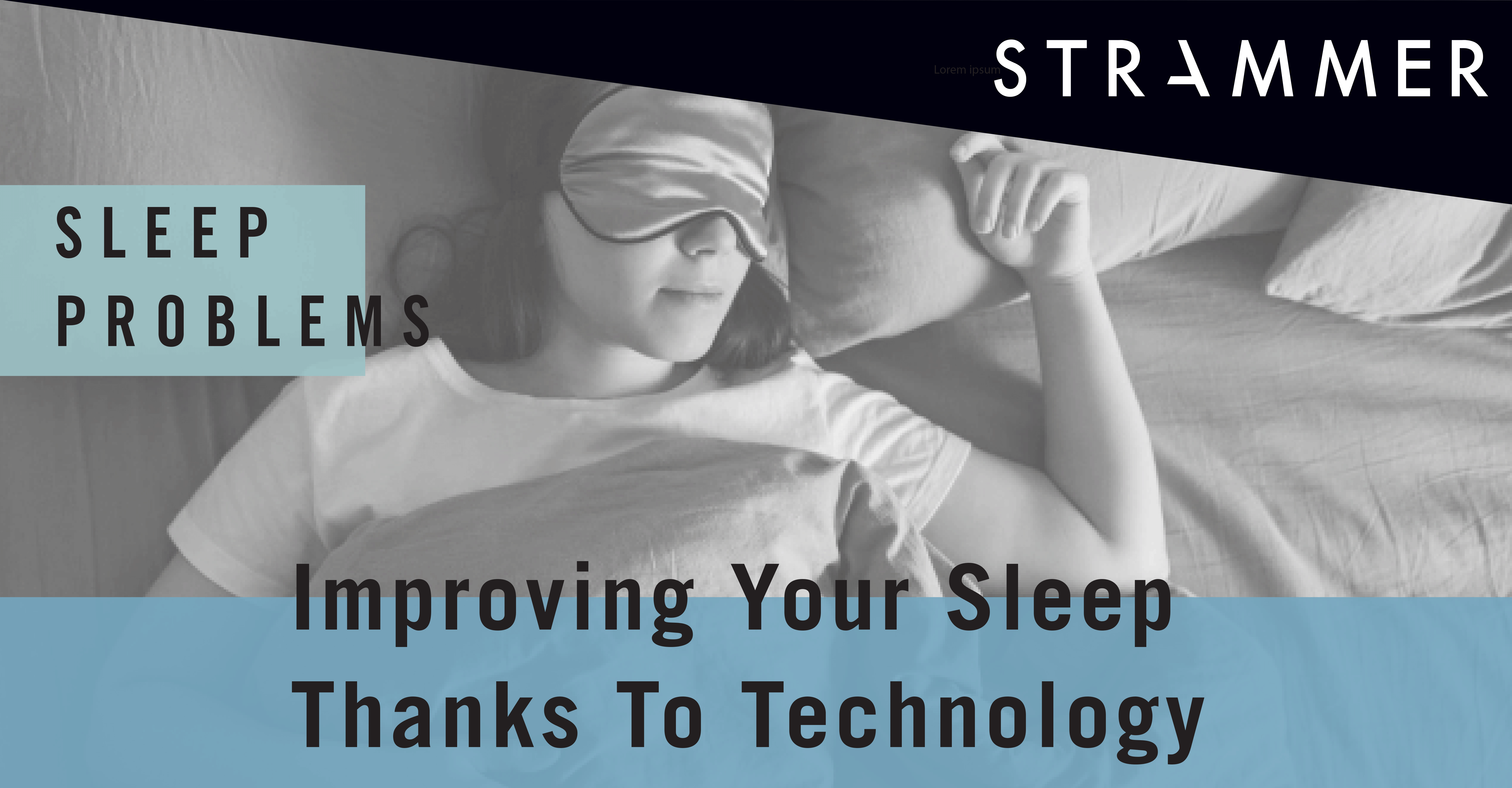How can technology improve our sleep?
An average person spends in their lifetime, 26 years sleeping and 7 years trying to sleep. Sleeping is a meaningful part of our day. It helps us improve our productivity and influences our emotions. Poor sleep and sleep deprivation can have a worse impact than we might think. It may cause higher risk of having a stroke, heart problems, weight gain, depression, and, among others, immunity reduction
The recommended amount of sleep per night is between 7 and 9 hours. According to the Centres for Disease Control and Prevention, 35% of people in the US sleep less than 7 hours per night. Every month, Google UK estimates there are 12,000 searches for “How to fall asleep?” and 9,900 for “How to get to sleep?”. In the UK, it is estimated that 22% of people have trouble sleeping every night.
Although technology may be an enhancer to our lack of sleep, given the constant use we give to our electronic devices, it has also brought some solutions. New technological devices that try to help us sleep have been developed. Some of them are:
♦ Smart Mattresses and pads connected to apps. There is a wide range of mattresses that can positively influence our sleep. These mattresses control the movements of the person during the night and regulate the temperature. Bed covers and pillows regulating your temperature are also a possibility nowadays.
♦ Some pillows improve breathing and snoring, and others have the option to play relaxing music.
♦ Devices to put on your bedside table to track sleep. They produce noises, sounds, and lights to improve sleep and analyse sleeping information. Other devices help regulate the temperature of the room during the whole night.
♦ Smart night clothes promote better rest while improving body relaxation. Some pyjamas include sensors to help track heartbeats, blood pressure and even sleeping posture.
♦ Watches and electronic wristbands connected to apps, to track movements during the night and help understand the sleeping cycle.
♦ Sleeping with head devices, for example sleep masks and headbands. Beyond tracking sleep, the first ones can be used as an alarm. Headbands can as well play sounds to enhance slow brain waves and improve sleep. These devices promise to offer a better night of sleep.
♦ Sleeping apps number is growing. They have different functions, that can go from tracking sleep to giving recommendations on relaxing techniques to sleep better and faster.
♦ Blue light filter can be used on gadgets before bedtime so it does not have a negative impact on our sleep. These lights inhibit the production of melatonin by our body. Melatonin is the hormone that indicates to our brain when it is time to sleep.
The goal of sleeping gadgets is not only to help us sleep but also to improve our nights. At the same time, these gadgets are big contributors in sleeping studies. They provide more exact results on sleep data and sleeping patterns.
Considering the increasing number of people with sleep disorders, it is not a surprise that the number of sleeping gadgets on the market have been growing. As a result, sleep aids market has been expanding in recent years and it is estimated that it will be worth 80 billion dollars by 2020.
References:
- Sleep Technology: Gadgets and Products Designed to Enhance Sleep, June 2019, verywellhealth
- How Can Innovative Technology Help Us Sleep Better? May 2019, THRIVE GLOBAL
- Technology helping humankind sleep better at night, December 2018, The Yale Tribune
- 10 Reasons Why Good Sleep Is Important, June 2018, healthline
- Sleep tech is booming – but it’s getting weirder and dodgier, September 2018, WIRED





